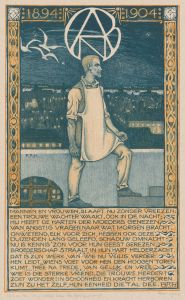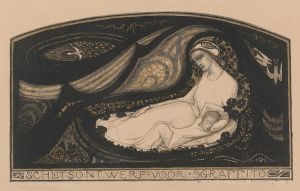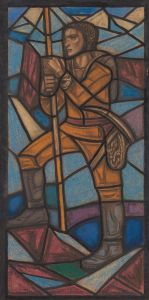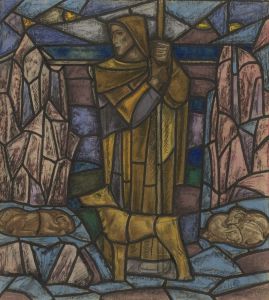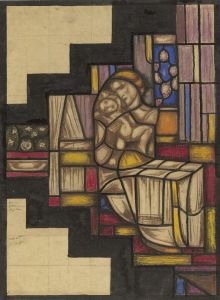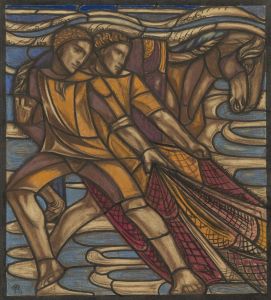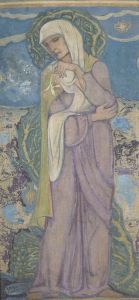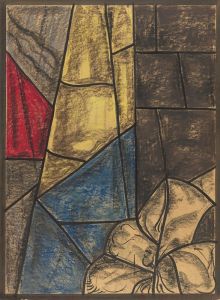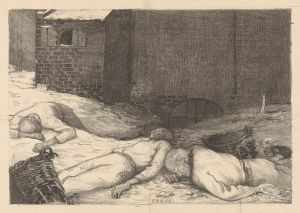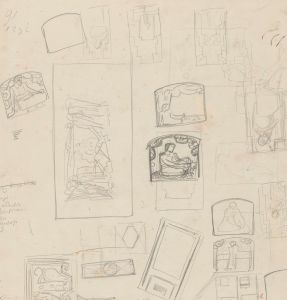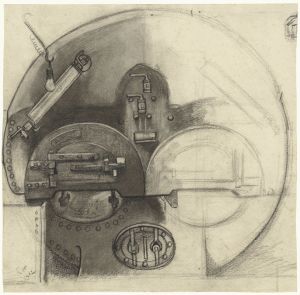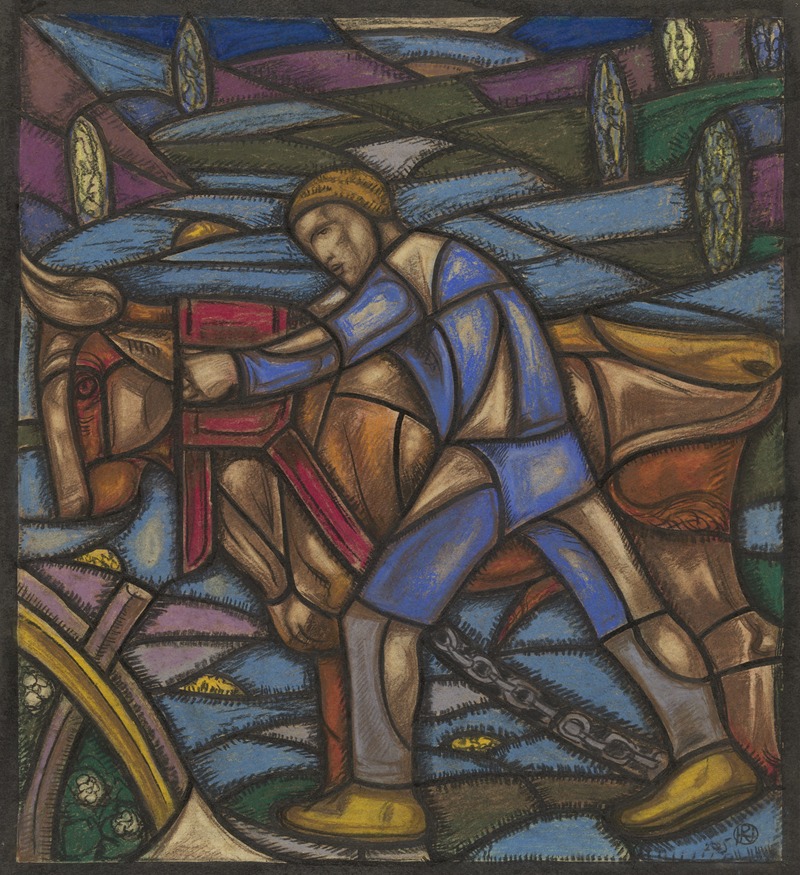
Ontwerp voor raam in het Nederlands Paviljoen op de tentoonstelling Arts Décoratifs te Parijs, 1925
A hand-painted replica of Richard Nicolaüs Roland Holst’s masterpiece Ontwerp voor raam in het Nederlands Paviljoen op de tentoonstelling Arts Décoratifs te Parijs, 1925, meticulously crafted by professional artists to capture the true essence of the original. Each piece is created with museum-quality canvas and rare mineral pigments, carefully painted by experienced artists with delicate brushstrokes and rich, layered colors to perfectly recreate the texture of the original artwork. Unlike machine-printed reproductions, this hand-painted version brings the painting to life, infused with the artist’s emotions and skill in every stroke. Whether for personal collection or home decoration, it instantly elevates the artistic atmosphere of any space.
Richard Nicolaüs Roland Holst's Ontwerp voor raam in het Nederlands Paviljoen op de tentoonstelling Arts Décoratifs te Parijs, 1925 (Design for a Window in the Dutch Pavilion at the Exposition Internationale des Arts Décoratifs et Industriels Modernes, Paris, 1925) is a notable example of early 20th-century Dutch decorative art. Roland Holst, a prominent Dutch artist and designer, created this work as part of his contribution to the Dutch Pavilion at the 1925 Paris Exposition, an influential international exhibition that showcased modern decorative and industrial arts.
The design reflects Roland Holst's characteristic style, which often combined elements of symbolism and the Arts and Crafts movement. Known for his stained glass works, murals, and graphic designs, Roland Holst was deeply influenced by his belief in the integration of art into everyday life. This philosophy is evident in the Ontwerp voor raam, which was conceived as a functional yet artistic element of the pavilion's architecture.
The Dutch Pavilion at the 1925 Exposition was designed to highlight the Netherlands' contributions to modern design and craftsmanship. Roland Holst's window design was part of a broader effort to present a cohesive and innovative vision of Dutch art and design on the international stage. The pavilion itself was a collaborative project involving several Dutch artists and architects, reflecting the country's vibrant artistic community during this period.
The specific details of the Ontwerp voor raam emphasize geometric patterns and stylized natural motifs, which were common in Roland Holst's work. These elements align with the broader Art Deco aesthetic that dominated the 1925 Exposition. The design likely incorporated vibrant colors and intricate compositions, characteristic of stained glass art, though the exact color scheme and dimensions of the work are not documented in available sources.
Roland Holst's contributions to the Dutch Pavilion were part of a larger movement in the Netherlands to promote modern art and design while maintaining a connection to traditional craftsmanship. His work at the 1925 Exposition helped solidify his reputation as one of the leading figures in Dutch decorative arts.
While the Ontwerp voor raam was created specifically for the 1925 Exposition, its current location or whether it was ever realized as a physical stained glass window is not clearly documented. However, the design remains an important example of Roland Holst's artistic legacy and the role of Dutch artists in the international Art Deco movement.





